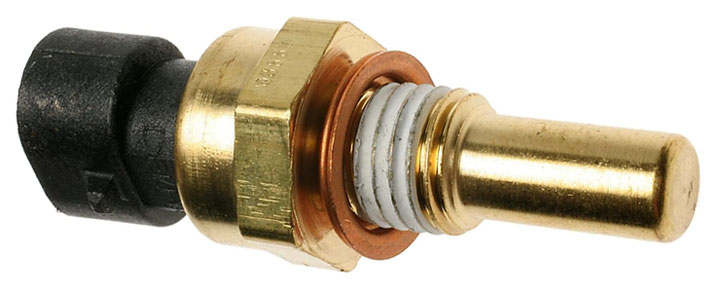

This allows the engine to reach optimal temperature quickly. This means that the coolant in the engine cooling channel does not flow into the radiator. When you cold start your car, the thermostat should be in the closed state. Keep driving an overheated car and you could cause serious damage like blown engine head gasket and warped engine cylinder. And that’s it, you’ll have to stop the engine and wait for it to cool down. Just driving for 15 minutes like this will bring the engine temperature needle in the red zone. If the thermostat remains stuck in the closed position, the coolant can’t flow to radiator to cool down. Overheating engine is one of the most concerning problem due to faulty thermostat. Can I drive my car with faulty thermostat? 1) Overheating.

How much does it cost to replace a Thermostat?.3) Leaking Coolant or steaming underhood.It’s important to have this repaired as soon as possible to avoid the damage caused by an overheating engine. You will see the overheating engine reflected on your vehicle’s temperature gauge and you may hear the engine coolant bubbling or boiling in the radiator.Ĭall Dave’s Auto Repair in Goshen, IN, today if you suspect your car’s thermostat is dead. If the thermostat is leaking, this will deplete the coolant levels in the cooling system and as a result, you will end up with an overheating engine. This often happens within the first 15 minutes of driving. If the thermostat is not releasing the engine coolant when it needs to, your engine will get too hot. Overheating Engineįinally, as we’ve mentioned above, all of the things above can cause your engine to overheat. Sometimes, an older thermostat may function correctly, i.e., you don’t end up with sporadic temperature changes, but if the thermostat gets stuck in the closed position, it will develop a minor leak that can eventually become a major leak. If you see spots of engine coolant underneath your automobile, it’s important to have the problem looked into right away to avoid overheating. Major Coolant LeakĪ minor leak will eventually turn into a major coolant leak that will spill onto your garage floor. Consequently, this can cause overheating problems and engine damage. Even though the leak is minor, it is depleting the coolant found in your vehicle’s engine. In the case of a minor leak, the engine coolant pools around the thermostat rather than drips onto your garage floor. Minor Coolant LeakĪ thermostat can also develop a minor coolant leak. If your engine is not maintaining a normal temperature, it’s important to have it inspected as soon as possible. You may also feel the difference in temperatures in the air that is blowing through the vents. The temperature gauge may go up and down sporadically as the thermostat releases and restricts engine coolant with no rhyme or reason. One of the first things you might notice is erratic temperature changes in your vehicle’s engine. If you drive an older automobile, you may end up with a dead thermostat. On average, automobile thermostats last about 10 years. Your thermostat should be okay until your vehicle reaches 10 years of age. If the thermostat is malfunctioning, Dave’s Auto Repair warns that you will notice one or more of the following signs listed below. The primary function of your vehicle’s thermostat is to gauge the engine temperature and release coolant when it needs it.


 0 kommentar(er)
0 kommentar(er)
